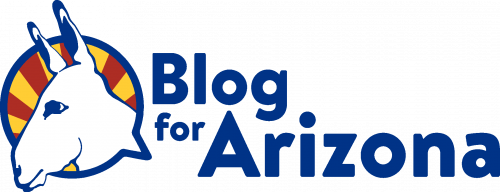by David Safier
Santorum has said he wants to get rid of federal funding of public education. And state funding.
"Get rid of all the federal money that goes to primary and secondary education. . . . Not just get the federal government out, but let's get the state government out, and let's get it back into the local communities and to the parents."
You can find the entire speech here. The quote begins around the 40:00 mark. Santorum doesn't quite say no ed money should come from the state, but he implies it. (I would love to ask Santorum whether he thinks the Arizona legislature should get out of education when it comes to its law against Mexican-American Studies, but that's a different issue.)
Let's start with federal money for public education, which covers about 11% of the total education cost. It goes mainly to help disadvantaged students and students with disabilities. In the past, this funding had bipartisan support. Not from Santorum, though. Poor children need not apply.
Then there's state money which Santorum implies should be stopped entirely or minimized. Not too long ago, most education money came straight from local property taxes. The result was, the Scottsdales of the world, because of the astronomical property values, got Rolls Royce public education while poor communities got a beat up VW bug on blocks. Lawsuits correctly claimed this violated the right to equal education. In 1980, Arizona created an equalization formula which evened out the school funding statewide (though it still isn't totally equal). Santorum wants to return to the bad old days when communities had separate but unequal education funding formulas, which Jonathan Kozol exposed brilliantly in his book, Savage Inequalities.
REGRESSIVE TAXATION EXTRA: When local communities fund education directly out of property taxes, rich communities actually pay at a lower tax rate for their far-better-funded schools. Because their total property value is so huge, it takes less per thousand in taxation for opulently funded schools than it does in poorer communities where the homes are worth far less.
ARIZONA EQUALIZATION BONUS FACTOID: Schools were financed at a far more equal level when Arizona enacted its equalization formula in 1980. But the legislature actually equalized down. The total amount spent on public K-12 education decreased with the new legislation.
Discover more from Blog for Arizona
Subscribe to get the latest posts sent to your email.
